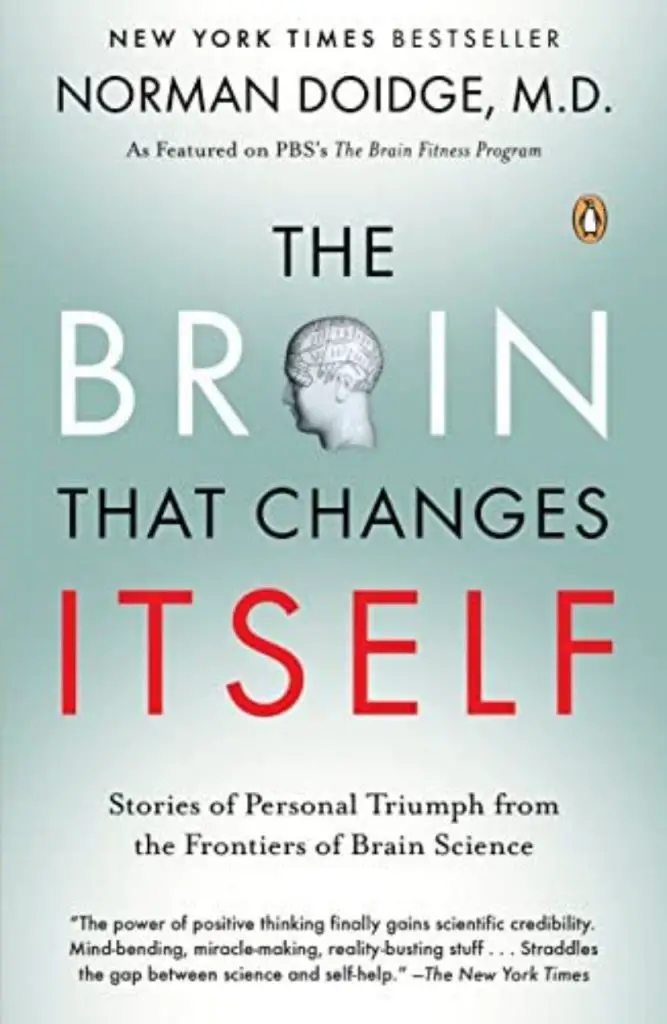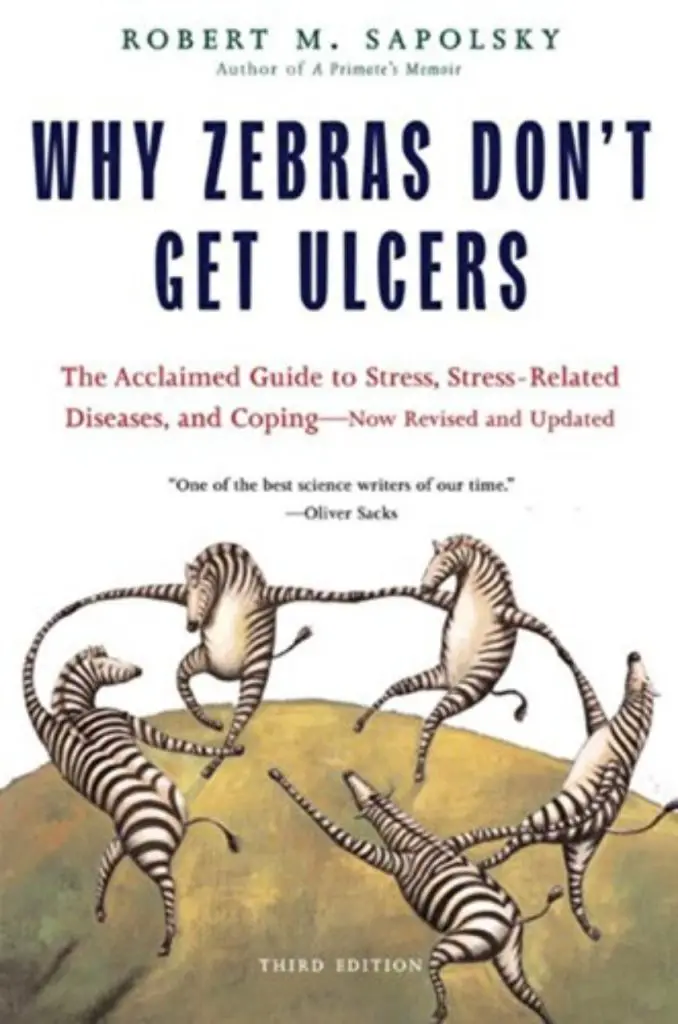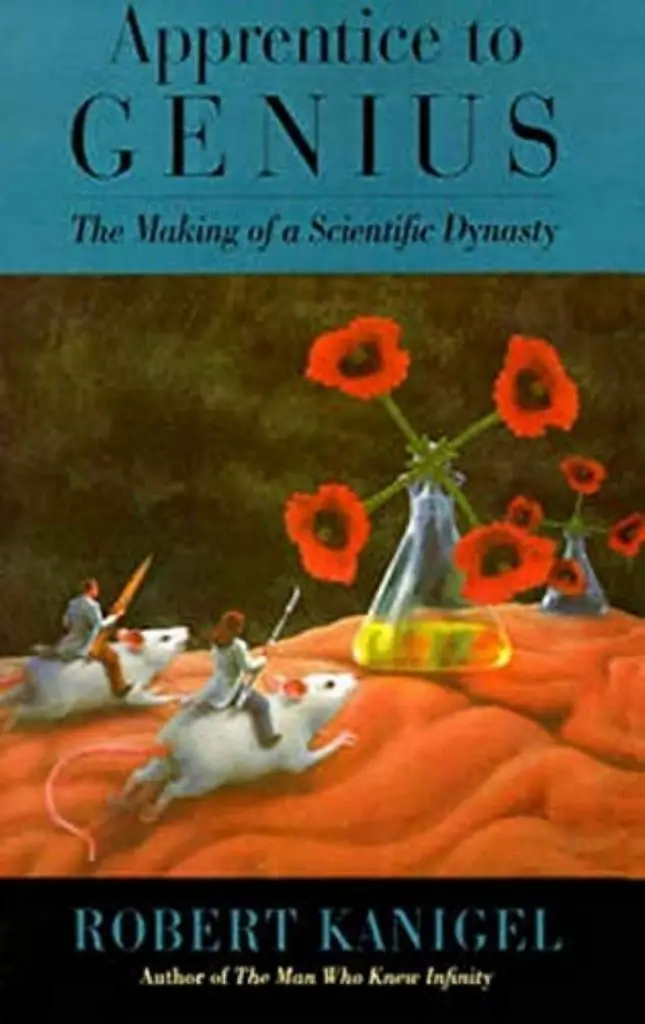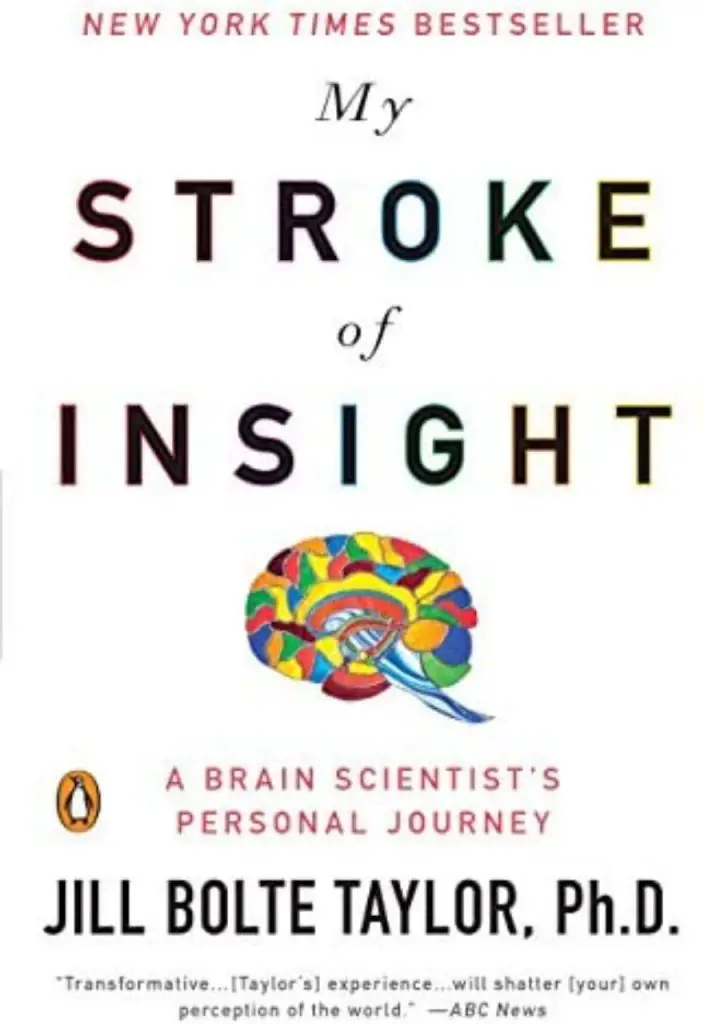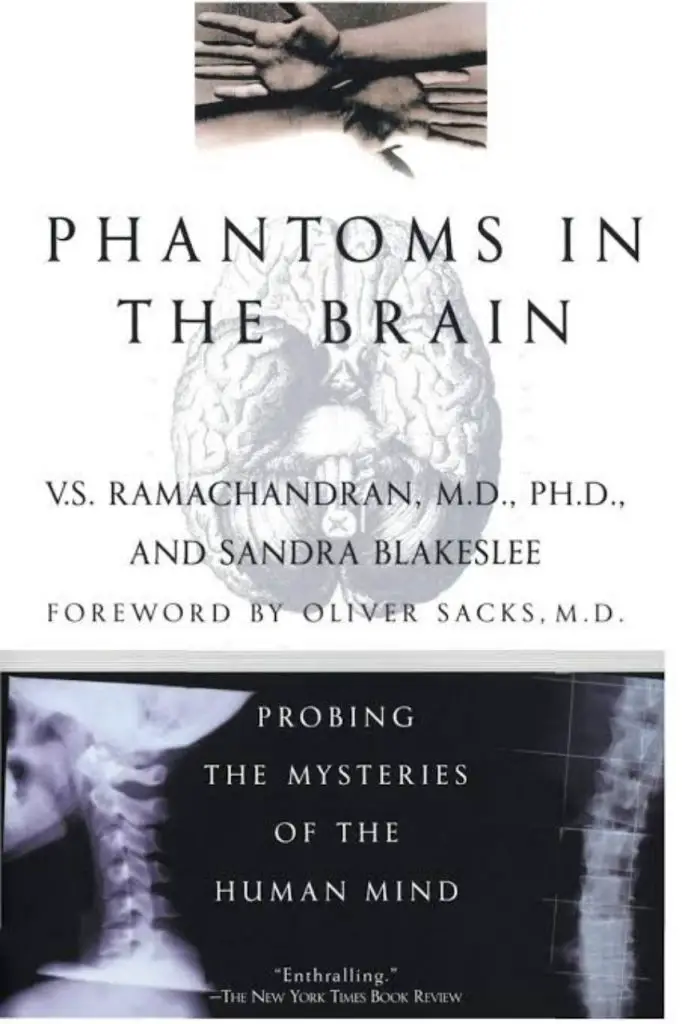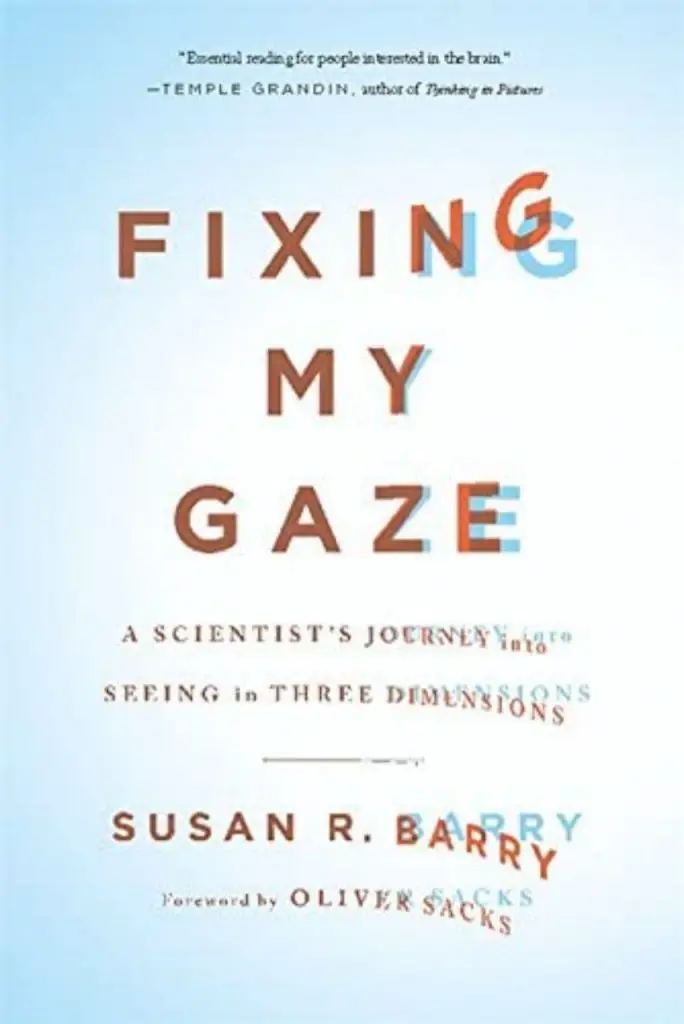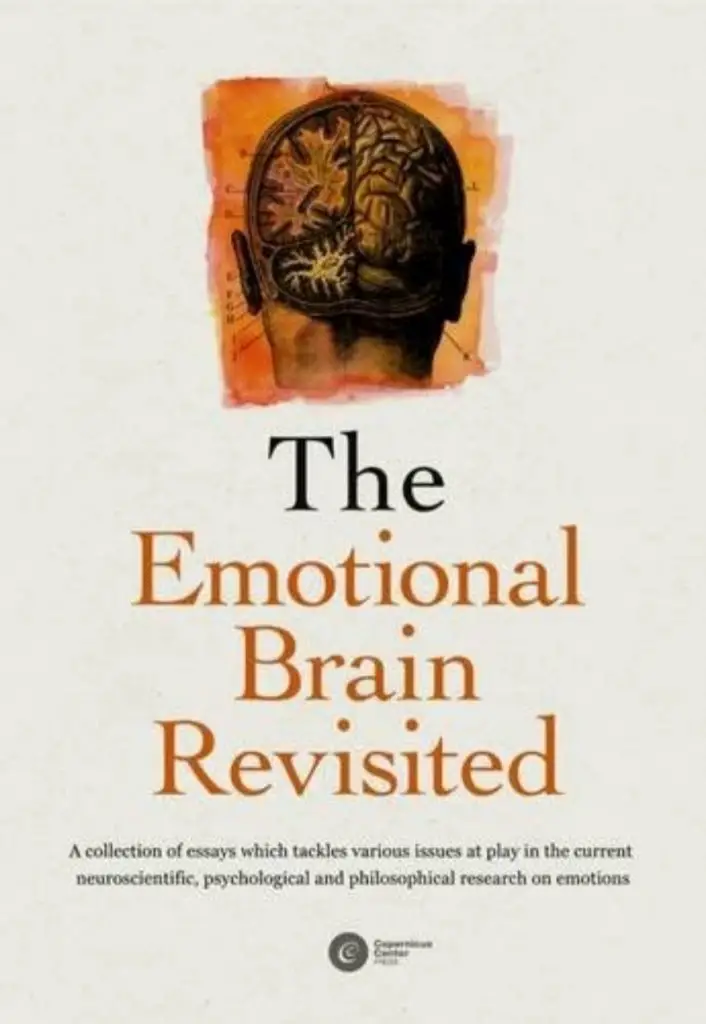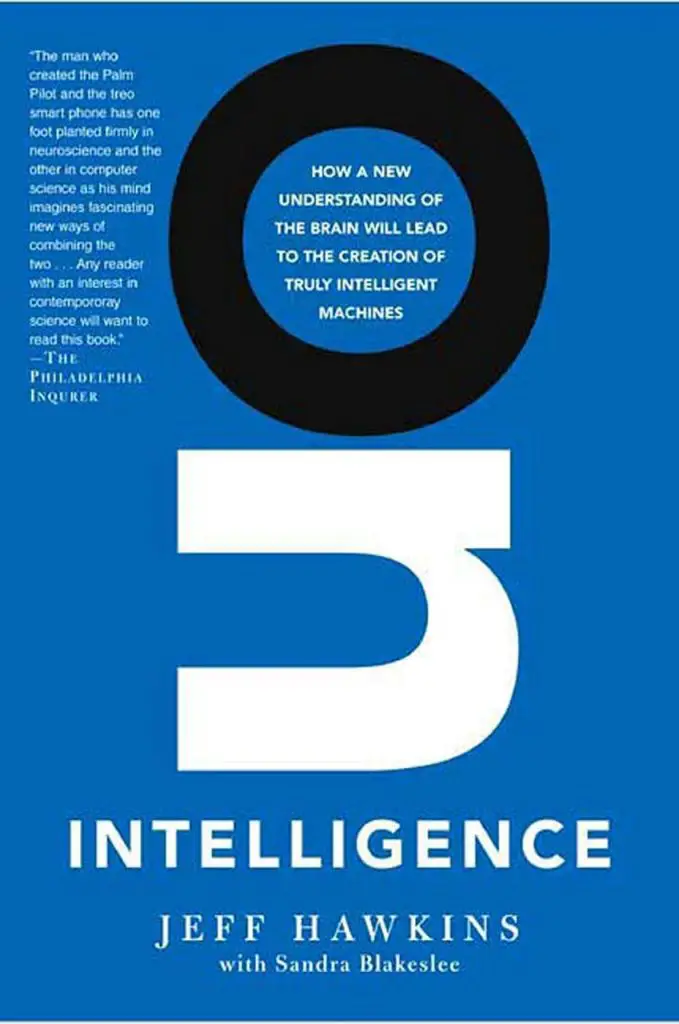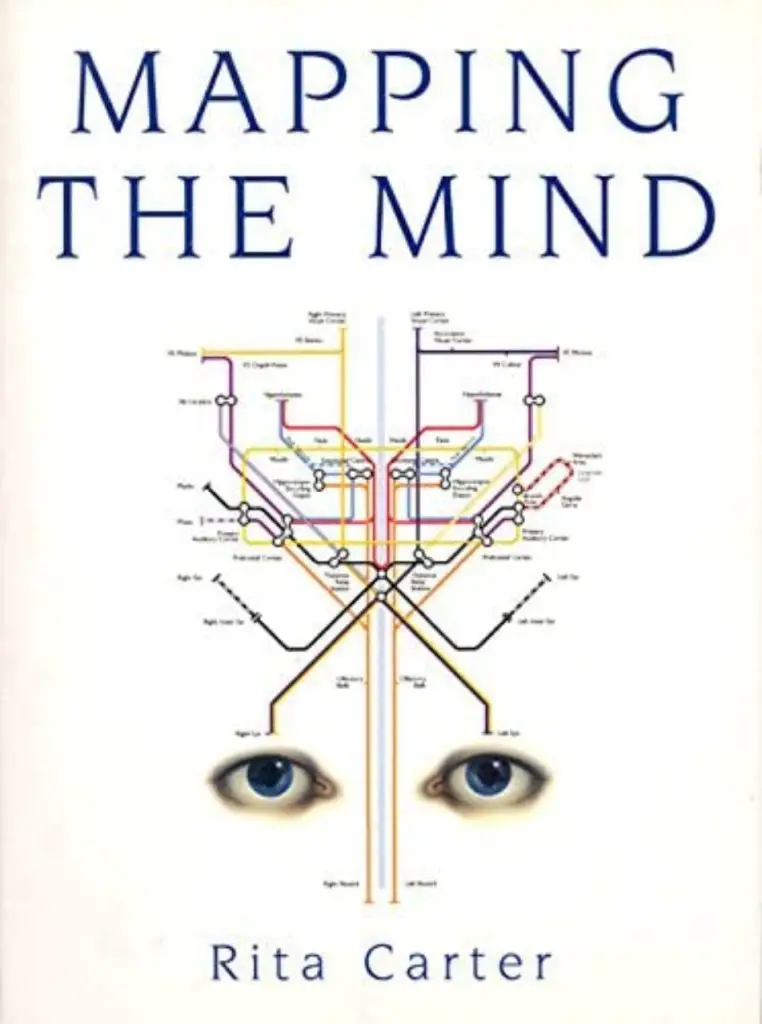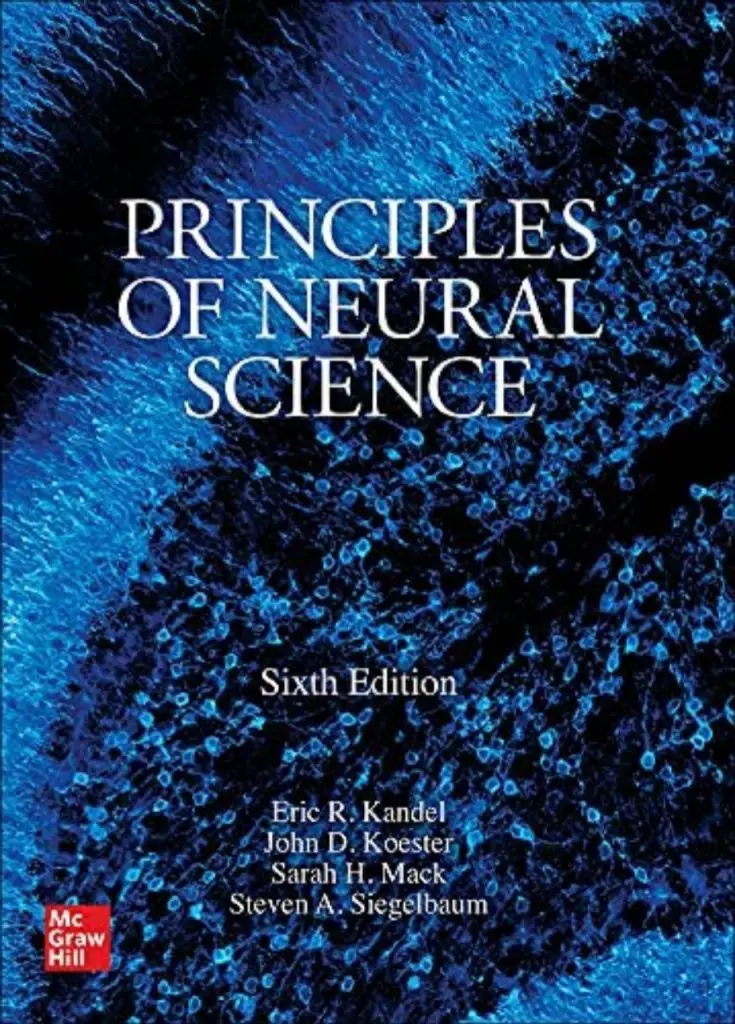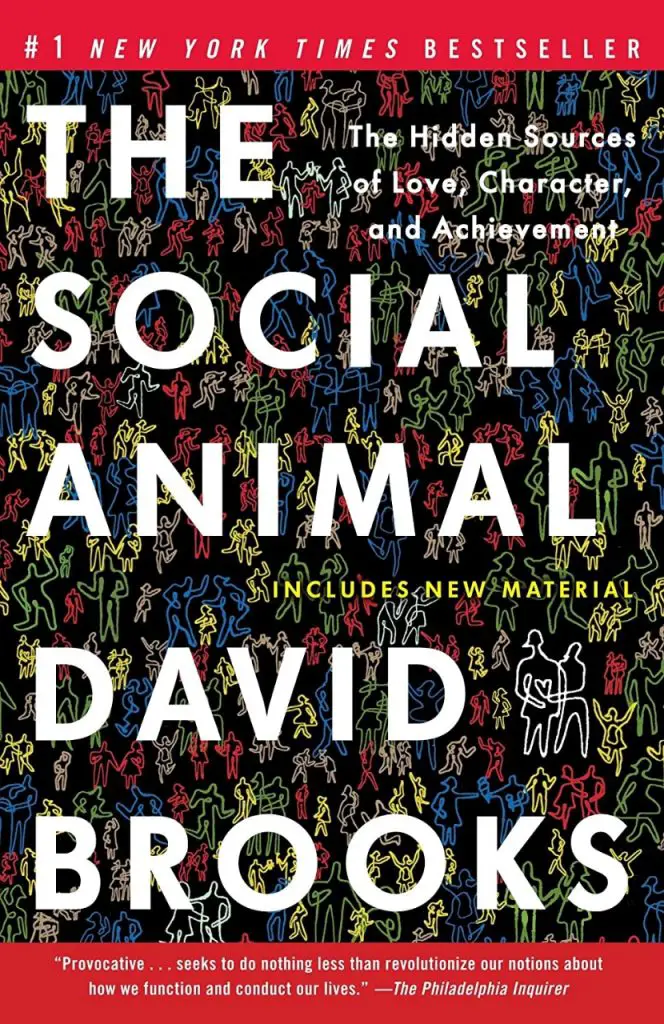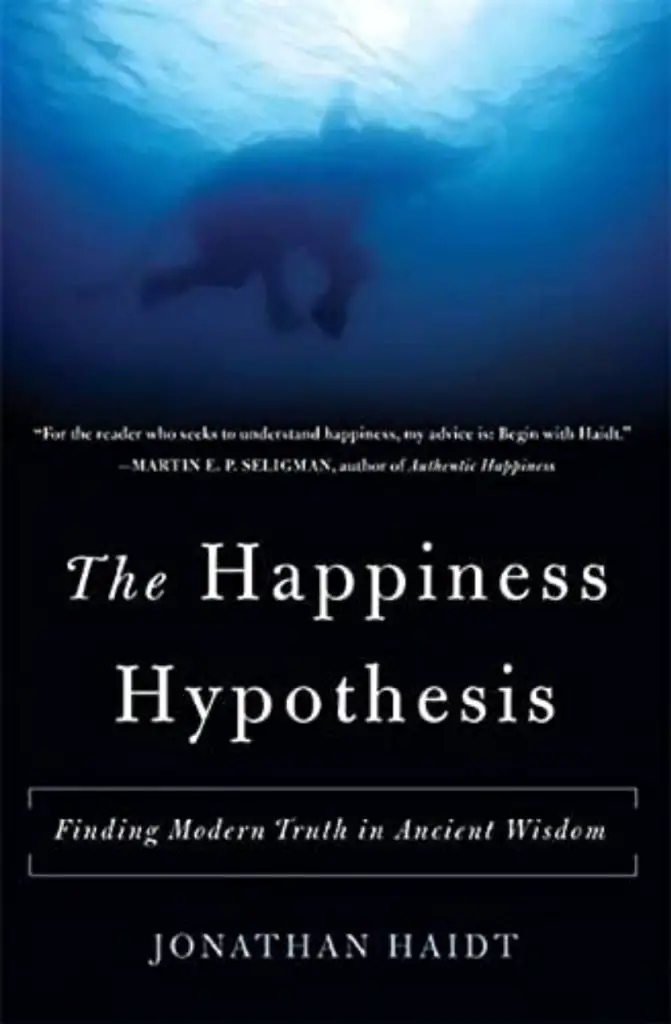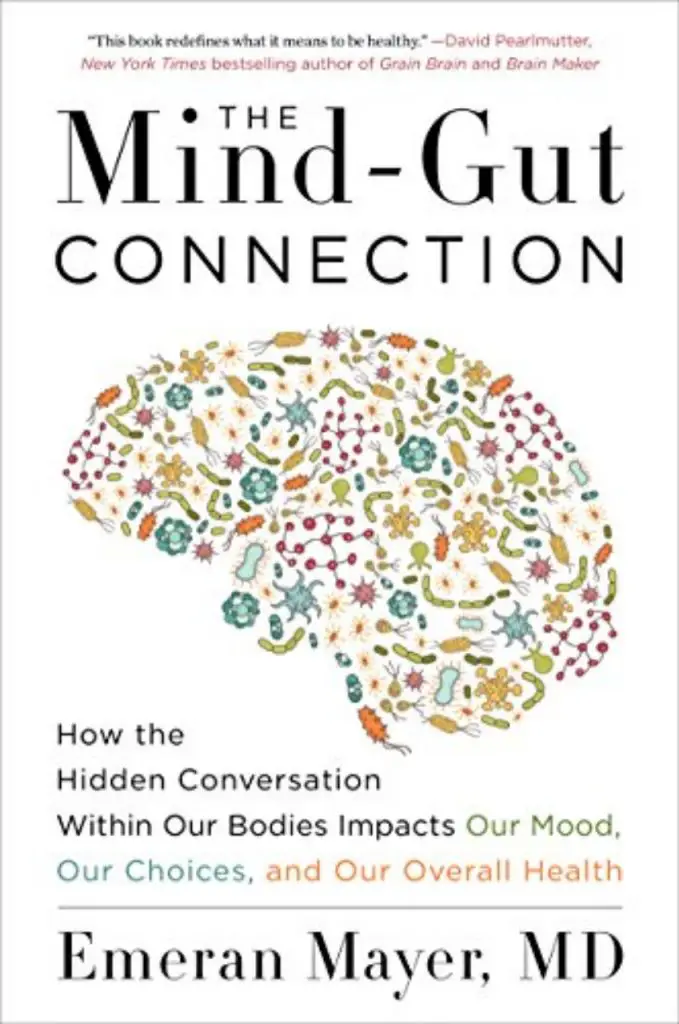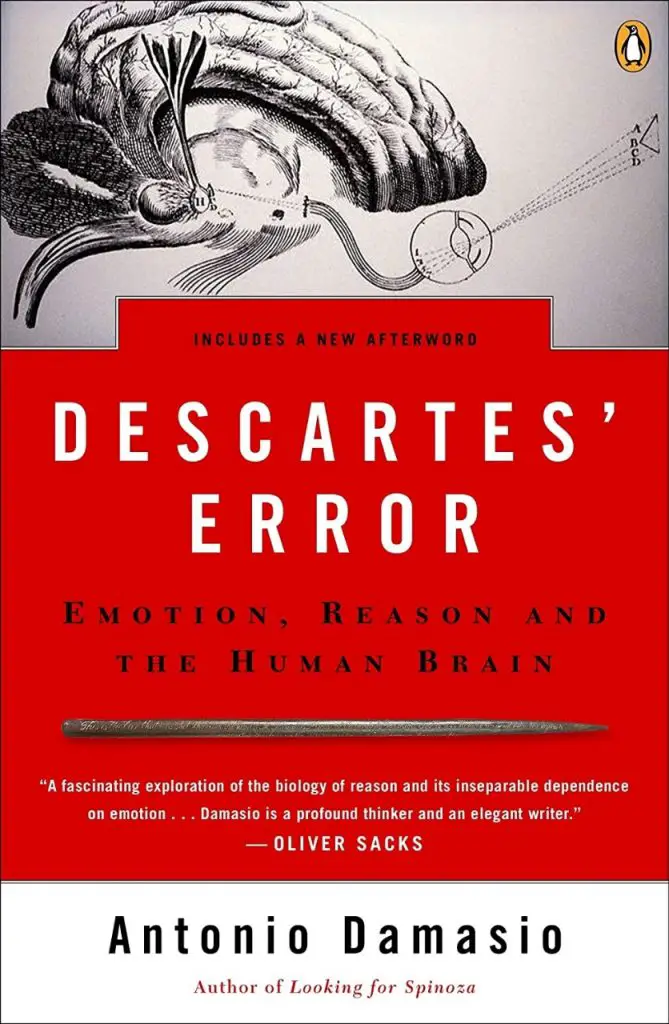Ever wondered what the must-read neuroscience books are? Here is our take.
Our list features books written by New York Times bestsellers and Nobel Prize winners.
Personally, I think everyone will benefit from reading these Neuroscience books. Explain how Neuroscience books help one understand how the brain works and learn ways to further develop it
In particular, we covered books that will change your perception of how the brain works, learn how to achieve success, happiness through a deeper understanding of humanity and humility.
Let’s take a look!
Table of Contents
List of the Best Neuroscience Book
- The Brain That Changes Itself [Get the book]
- The Man Who Mistook His Wife For A Hat [Get the book]
- Why Zebras Don’t Get Ulcers [Get the book]
- Apprentice to Genius [Get the book]
- My Stroke of Insight [Get the book]
- Phantoms in the Brain [Get the book]
- Fixing My Gaze [Get the book]
- The Emotional Brain Revisited [Get the book]
- On Intelligence [Get the book]
- Mapping the Mind [Get the book]
- Principles of Neural Science [Get the book]
- The Language Instinct [Get the book]
- The Social Animal [Get the book]
- The Happiness Hypothesis [Get the book]
- The Mind-Gut Connection [Get the book]
- Descartes’ Error [Get the book]
Best Neuroscience Books
The Brain That Changes Itself: Stories of Personal Triumph from the Frontiers of Brain Science by Norman Doidge
Intro-Why you should read it
If you’re interested in learning about the latest neuroscience discoveries and how they can be used to improve your life, then you should read “The Brain That Changes Itself”.
Written by a Nobel Prize winner, I like this book because it talks about how we can change how our brains work with things like mindfulness and meditation.
The book features case studies of people who have used neuroscience to overcome challenges like addiction, depression, and cerebral palsy.
You’ll also learn about the cutting-edge research that is being done on brain plasticity, which is the ability of the brain to change and adapt in response to experience. This research is providing new insight into how we can optimize our brains for better health and performance.
Summary-What this book is about
As a psychoanalyst and psychiatrist, Doidge uses stories, highlighting patients who achieved spectacular recoveries with neuroplasticity-based therapies.
The book features information on the scientists who discovered these new techniques.
Key Takeaways
- Our brains can adapt to the environment in unexpected ways.
- We can use mindfulness and meditation to change how our brains work.
- Cutting-edge research is being done on brain plasticity, which is providing new insight into how we can optimize our brains for better health and performance.
- You’ll also learn about the scientists who discovered these techniques, as well as the patients who achieved spectacular recoveries with them.
Oliver Sacks’s The Man Who Mistook His Wife For A Hat: and Other Clinical Tales
Intro-Why you should read it
Sack’s book is chock-full of interesting observations and true stories which he shares with readers.
A neuroscientist’s quest for experience in computational neuroscience led to this detailed neuroscience text.
Summary-What this book is about
Written by a neurologist, Oliver Sacks, The Man Who Mistook His Wife For A Hat describes the life of an unusual patient.
The character in the book suffers from a neurological disorder called visual agnosia. He is consciously aware of his vision but unable to interpret it.
This man mistakes his wife for a coat rack and yanks on her head, thinking it’s a hat.
Key Takeaways
- Oliver Sacks’ stories focus on the nervous system and the neurological disorders that can affect the way we interpret things.
- The book discusses the secret lives that we live battling disorders.
- Neurologists should possess a diligent attitude when monitoring and observing patients.
Why Zebras Don’t Get Ulcers: The Acclaimed Guide to Stress, Stress-Related Diseases, and Coping by Robert Sapolsky
Intro-Why you should read it
Robert Sapolsky explains the basics of neurology in the same way Oliver Sacks does for neurology. Suitable for a wide range of readers, this book is perfect if you want to learn about how stress affects the body and what we can do about it.
Sapolsky’s research on baboons has shown that chronic stress can lead to health problems like heart disease, diabetes, and ulcers.
Summary-What this book is about
Robert Sapolsky shares a fascinating account of his life. He explains the great life and developed an interesting worldview while working in Africa.
His wit, experience, and technical competence make this book simple to understand.
This book compares the natural stress that animals experience to modern civilization and social issues.
Key Takeaways
- Societal concerns like poverty and child abuse influence human biology.
- The book covers stress in relation to other issues we face in everyday life.
Apprentice to Genius: The Making of a Scientific Dynasty by Robert Kanigel
Intro-Why you should read it
We recommend this book for students studying neuroscience because its unique perspective to intelligence.
Summary-What this book is about
Besides exploring remarkable discoveries, “Apprentice to Genius” focuses on human beings, especially the evolution of talented scientists.
Kanigel examines how scientists profit from unexpected discoveries and how collective laboratory work is misattributed to individuals.
Key Takeaways
- This text is one of the best books on ego and personalities.
- Discoveries in the field of neurology benefit both physicians and patients.
My Stroke of Insight: A Brain Scientist’s Personal Journey by Jill Bolte Taylor
Intro-Why you should read it
This New York Times bestseller is one of the top books we think you’ll like to add to your reading list. The author gives a true account of his life.
Summary-What this book is about
This story is about a brain scientist, Jill Bolte Taylor, who suffered a severe stroke.
Her abilities to write, read, walk, or talk deteriorated in less than four hours.
Taylor kept switching between her kinesthetic right brain and logical left brain, and eventually realized she was suffering from a stroke.
Key Takeaways
- Anybody can achieve inner peace. Taylor’s stroke was a wake-up call for her.
- This book gives vital guidance to those affected by brain injury.
Phantoms in the Brain: Probing the Mysteries of the Human Mind by V.S. Ramachandran and Sandra Blakeslee
Intro-Why you should read it
We recommend this book for students and anyone wishing to learn neuroscience because of its satisfactory approach to life problems.
Summary-What this book is about
The author of Phantoms in the Brain, V.S. Ramachandran, is a globally renowned neuroscientist for his discoveries in this field.
This neuroscience textbook recounts Ramachandran’s tales of his time with patients suffering from neurological and sleep disorders. He explains most of the everyday questions we have about human nature.
Key Takeaways
- This book reveals startling insights into the human world.
- The book provides evidence-based facts that are important in neuroscience.
Fixing My Gaze: A Scientist’s Journey into Seeing in Three Dimensions by Susan Barry and Oliver Sacks
Intro-Why you should read it
Fixing My Gaze is one book you may want to read to understand life from a unique viewpoint.
Summary-What this book is about
Susan Barry, a neurologist, first felt like she was in a 3D world when she was 50 years old.
This book features a foreword by Oliver Sacks, another respected neurologist.
Fixing My Gaze: A Scientist’s Journey into Seeing in Three Dimensions celebrates Barry’s account.
Key Takeaways
- Brains are malleable during a short period of childhood.
- Nothing is impossible. You just have to give it a try. Barry got her vision back.
The Emotional Brain Revisited by Jacek Debiec, Michael Heller, Bartosz, and Joseph LeDoux
Intro-Why you should read it
The book The Emotional Brain Revisited looks at the current state of neuroscience research from a philosophical, neuroscientific, and psychological point of view.
Summary-What this book is about
The book focuses on the amygdala and its role in the study of emotions.
The Emotional Brain Revisited explores the relationship between morality, emotions, the law, and rationality.
This book discusses conceptual controversies that underpin early research on emotions.
Key Takeaways
- Understanding cognitive science is essential in this emotionally-demanding field.
On Intelligence: How a New Understanding of the Brain Will Lead to the Creation of Truly Intelligent Machines by Jeff Hawkins and Sandra Blakeslee
Intro-Why you should read it
Students studying behavioral neuroscience, brain structure, neural science, or human behavior may like Jeff Hawkins’ On Intelligence due to its clear explanation of key neuroscience principles.
The book gives a fascinating account of how the brain works, how intelligence works, and what the future holds for intelligent technology.
Summary-What this book is about
Jeff Hawkins, the inventor of the Treo smartphone, PalmPilot, and other mobile gadgets, has changed the way we think about computers.
Hawkins presents a compelling explanation of the workings of the human brain. He explains computers’ incapacities and how we can create robots.
Key Takeaways
- The comprehensive knowledge of the human brain may one day lead to computers with abilities greater than ours.
Mapping the Mind by Rita Carter
Intro-Why you should read it
Today, we can observe our moods and thoughts by going for a brain scan.
Mapping the Mind helps us understand the structure and workings of the mind.
Summary-What this book is about
In this book, the award-winning journalist Rita Carter uses cutting-edge imaging technology to map how human personality and behavior mirror biological mechanisms of emotion and thought.
This highly praised book provides a visual guide to the mass we have in our heads.
Key Takeaways
- This new edition of the book includes new research and case studies that help people understand the ideas.
- The author gives a satisfactory response to the recent debates on behavior prevention and prediction.
- The book is rich in new information about unconscious cognition, mirror neurons, and abnormalities related to attention span.
The Language Instinct: How the Mind Creates Language by Steven Pinker
Intro-Why you should read it
This award-winning book is recommended by popular book review sites such as Neuroamer for students as one of the best neuroscience books available.
Summary-What this book is about
The world’s foremost expert on language, Steven Pinker, explains everything you’d want to know regarding language.
Pinker uses wordplay and humor to blend what we know about language into a story.
Key Takeaways
- Language is an instinct in humans.
- Language advances are highlighted in this book.
Principles of Neural Science by Eric Kandel
Intro-Why you should read it
Principles of Neural Science has been helping readers comprehend the relationship between the brain and human behavior for over 40 years.
The growth of neurological research continues to define psychiatry and clinical neurology.
Summary-What this book is about
The 6th edition of The Principles of Neural Science by Eric Kandel explores the connection between the neurological system, brain, behavior, and genes.
The new version has nine sections that covers decision-making, brain functions, Parkinson’s disease, stroke, synaptic transmission, and more.
Eric Kandel’s book comes with 300 additional color illustrations, PET scans, diagrams, and radiology studies.
Key Takeaways
- Brain activity influences our behaviors. This text demonstrates how the brain is responsible for our expressions.
- The book offers the most recent clinical perspectives, research, and progress in neuroscience.
The Social Animal: The Hidden Sources of Love, Character, and Achievement by David Brooks
Intro-Why you should read it
We recommend The Social Animal for students and practitioners loving to expand their brain science knowledge.
Summary-What this book is about
Brook’s multifaceted, fantastic book, which is grounded in everyday life, is one of the best neuroscience books that offer pure neuroscience knowledge.
This New York Times best-selling book utilizes unparalleled wit to explore how humans live.
The author examines the lives of Erica and Harold to show how we can achieve success.
He deconstructs conventional wisdom about success. The book further advocates humility and trust.
The Social Animal is an engrossing intellectual journey, a triumphant tale, and a vindication of progress.
Key Takeaways
- We can achieve better results with humility, love, and trust.
- This inspirational text gives you the energy to go take one more step toward prosperity.
Jonathan Haidt’s The Happiness Hypothesis: Discovering Modern Truth in Ancient Wisdom
Intro-Why you should read it
We recommend this book as a must-read for students learning neuroscience due to its impressive arguments on the life problems we face.
Summary -What this book is about
The Happiness Hypothesis is a collection of 10 great ideas. Each chapter is devoted to one of the ideas.
Jonathan Haidt, a psychologist, shows how having a good understanding of philosophical wisdom and long-lasting rules can make our lives better.
Key Takeaways
- Happiness is a factor in a successful career.
- Managing stress gives us true happiness.
The Mind-Gut Connection: How the Hidden Conversation Within Our Bodies Impacts Our Mood, Our Choices, and Our Overall Health by Emeran Mayer
Intro-Why you should read it
This practical handbook combines advanced neuroscience with recent discoveries to illustrate the biological relationship between the human body and mind.
Summary-What this book is about
Dr. Emeran’s book takes a ground-breaking look at this emerging science, showing readers how to use the mind-gut link to take control of our health.
Key Takeaways
- Maintaining a balance between the gut, microbiome, and mind keeps us away from allergies, digestive disorders, depression, obesity, fatigue, food sensitivities, and anxiety.
- Clear gut-mind communication promotes a healthy life by enhancing digestion and nutrient absorption.
Descartes’ Error: Emotion, Reason, and Human Brain by Antonio Damasio
Intro-Why you should read it
Descartes’ Error is a clear text for students and everyone interested in core concepts of emotion and reason.
Summary-What this book is about
This fascinating book, written by a well-known neurologist, talks about the science of emotions and how they can affect people’s lives.
The book presents reasoning as an expansion of the emotional system.
Key Takeaways
- Feelings and emotions communicate what your mind has better than your mouth.
- Start the journey to achieving your goals today.
Conclusion
We pick the best books recommended by top learning institutions, experts, and our reviews to give a fun reading experience to students, professionals, and enthusiasts.
We hope you found the right book for your self-study.
References
[1] https://fivebooks.com/best-books/david-brooks-neuroscience/
[2] https://neuroamer.com/2016/09/16/five-neuroscience-books-that-changed-my-life/


